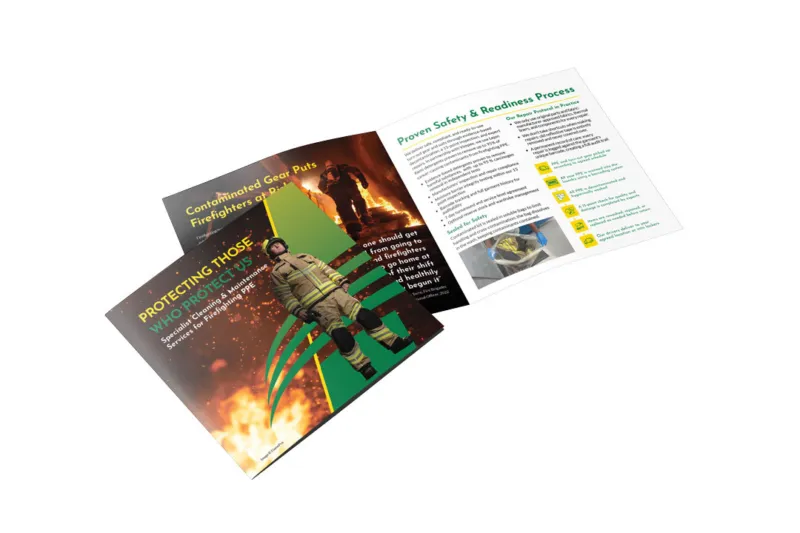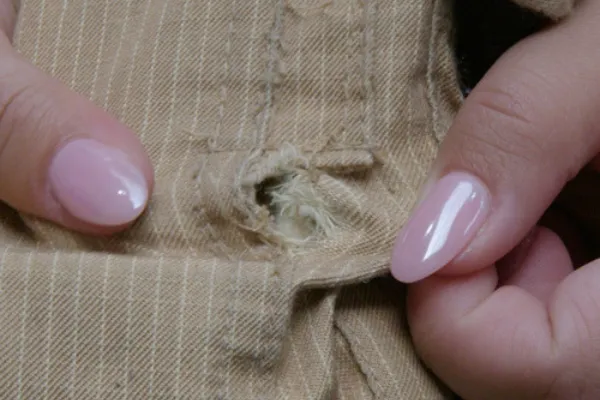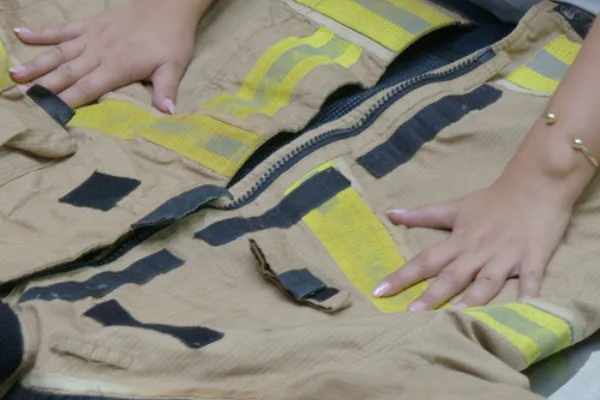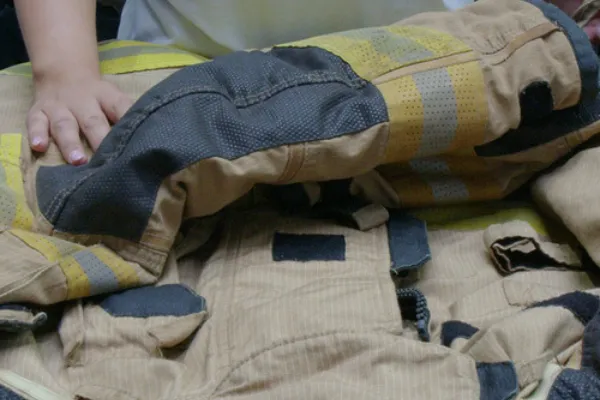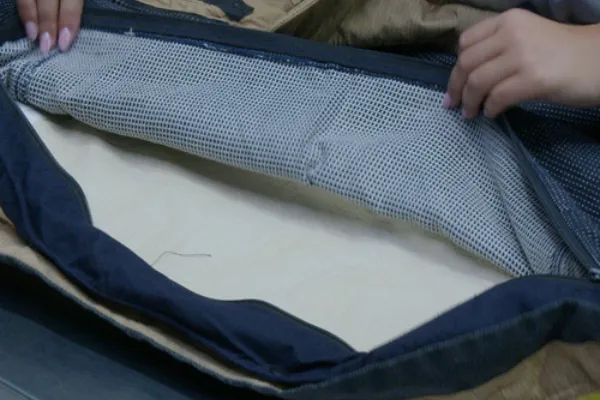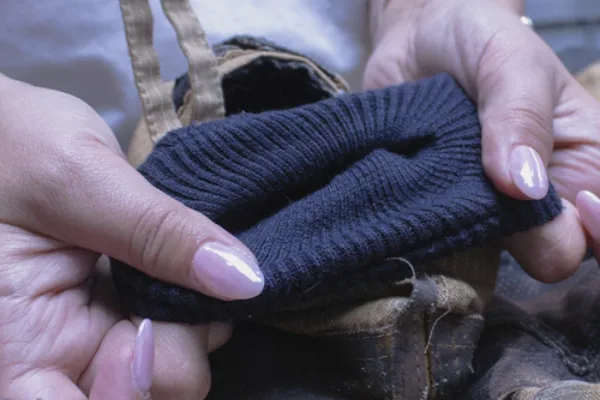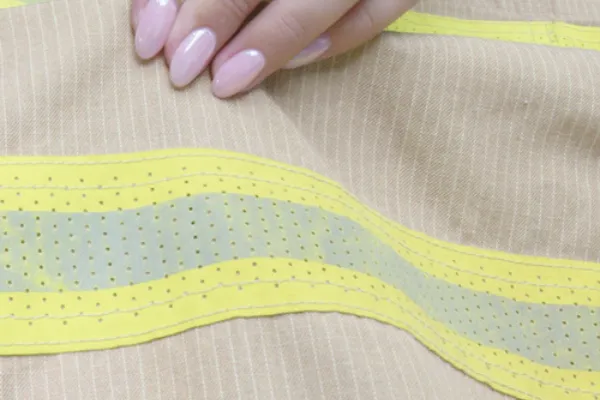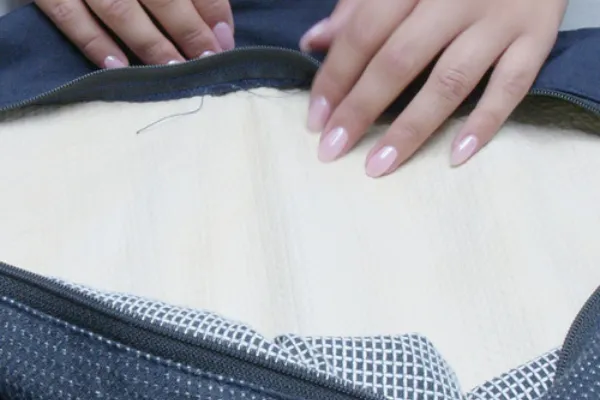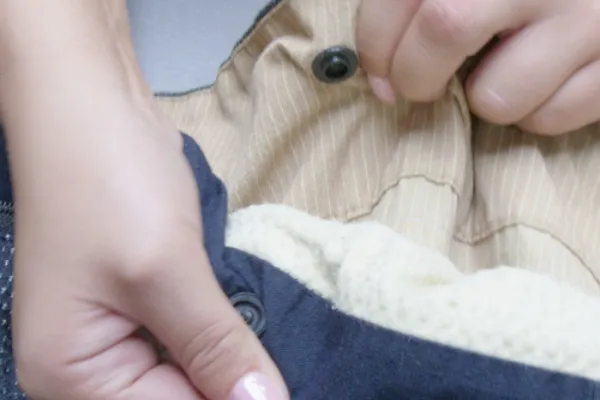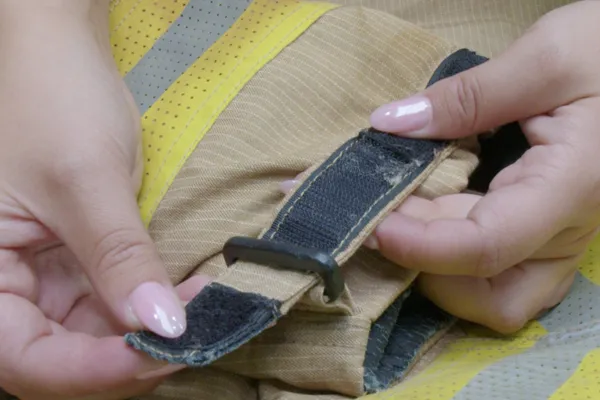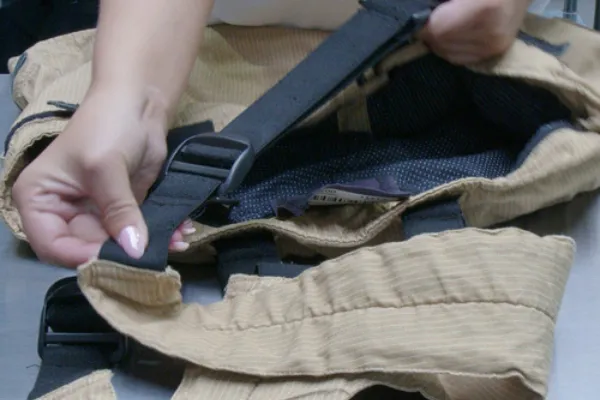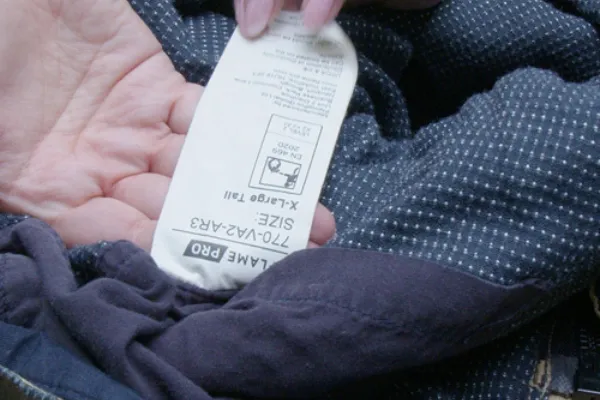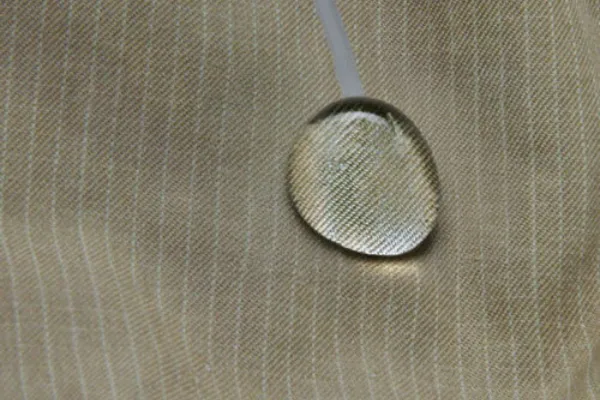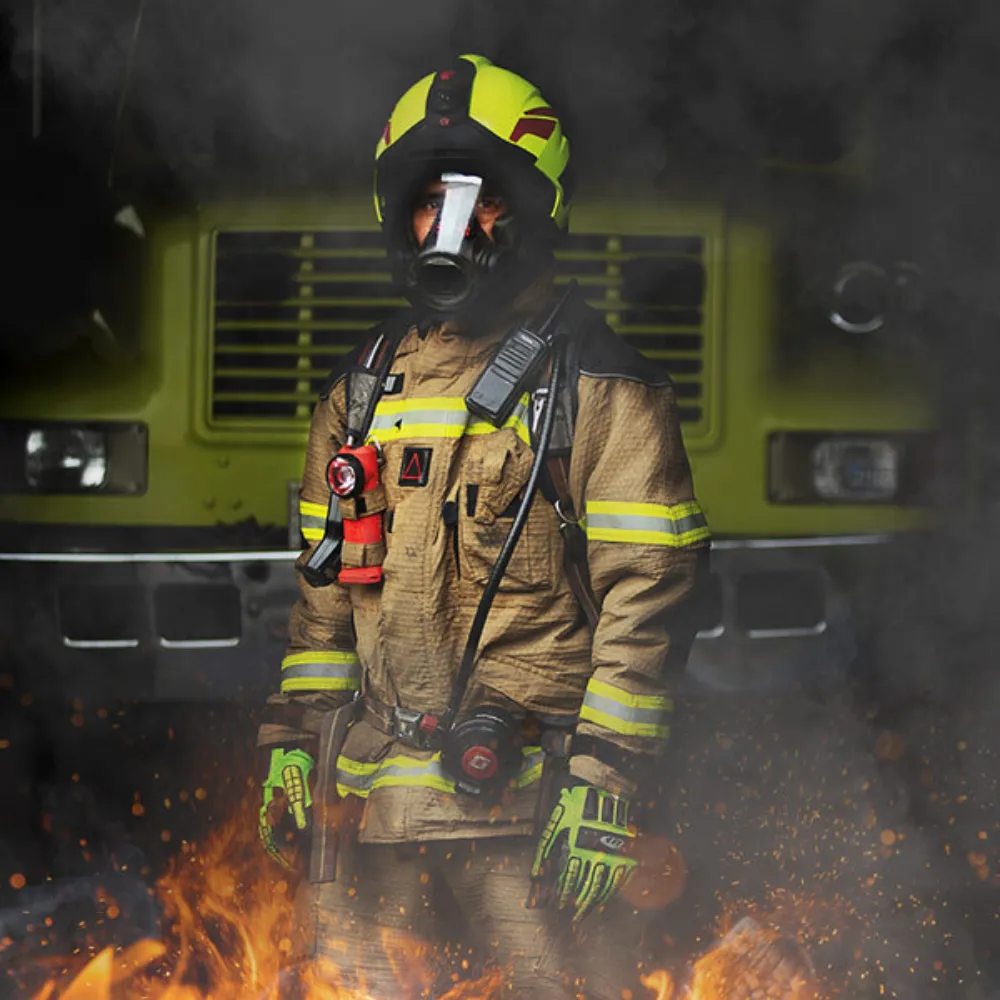
Contaminated Gear Puts Firefighters at Risk
Firefighting turnout suits and PPE can retain harmful substances, including carcinogens, after every incident. These carcinogens can be inhaled or absorbed through the skin.
Alarmingly, only around one-third of firefighters’ PPE is cleaned after every incident.
- Research by the Fire Brigades Union (FBU) has revealed that firefighters face a higher risk of death from cancer, heart attacks, strokes, and other diseases.
- Firefighters’ mortality rate from all cancers is 60% higher than that of the general population.
Without specialist decontamination, these toxins pose serious health risks and compromise a garment’s protective performance. Not only that, but by washing these items at home or at the fire station, there’s a risk of contaminants being spread when PPE is transported and stored, and further cross-contamination during domestic laundering cycles. The firefighting sectors’ own research and guidance now point to the need for evidence-based decontamination to be carried out promptly and consistently after every exposure.
Our 15 Point Inspection Process
From decontamination to our final 15-point check, every stage of the CLEAN process is designed with one goal: ensuring the firefighters who protect our communities and their families are protected by gear they can trust, without question. All inspections are conducted by certified technicians using manufacturer protocols.
1–3 Critical Safety Filters

Dirt & Soiling
If excessive dirt or stains remain after washing, we rewash until clean.

Contamination
If garments are contaminated (e.g., with hazardous or biological material), we rewash until safe to use.

Moisture Barrier
Compliance is critical; If the moisture barrier is damaged or compromised, the garment will be condemned and removed from circulation



